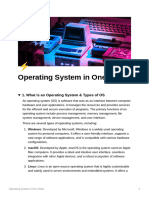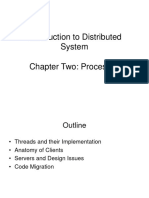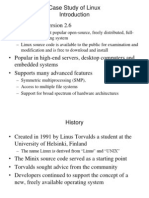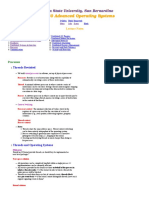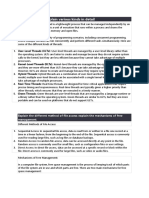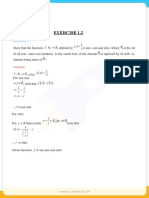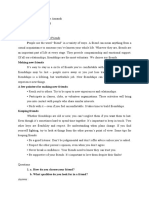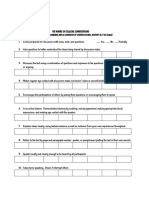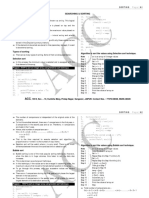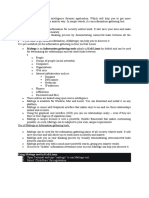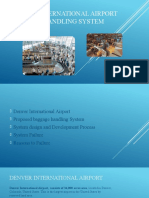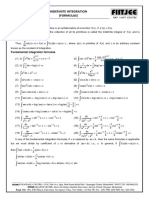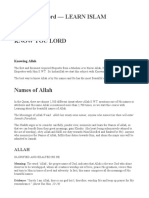0% found this document useful (0 votes)
18 views9 pagesOperating Systems Assignment
The document provides concise explanations of key concepts in operating systems, including threads, paging, fragmentation, and system calls. It also discusses Free and Open-Source Software (FOSS), its principles, advantages, and licensing, along with an implementation of the Round Robin scheduling algorithm in C++. The document concludes with references to sources used for the content.
Uploaded by
shedrachjames21Copyright
© © All Rights Reserved
We take content rights seriously. If you suspect this is your content, claim it here.
Available Formats
Download as DOC, PDF, TXT or read online on Scribd
0% found this document useful (0 votes)
18 views9 pagesOperating Systems Assignment
The document provides concise explanations of key concepts in operating systems, including threads, paging, fragmentation, and system calls. It also discusses Free and Open-Source Software (FOSS), its principles, advantages, and licensing, along with an implementation of the Round Robin scheduling algorithm in C++. The document concludes with references to sources used for the content.
Uploaded by
shedrachjames21Copyright
© © All Rights Reserved
We take content rights seriously. If you suspect this is your content, claim it here.
Available Formats
Download as DOC, PDF, TXT or read online on Scribd
/ 9












